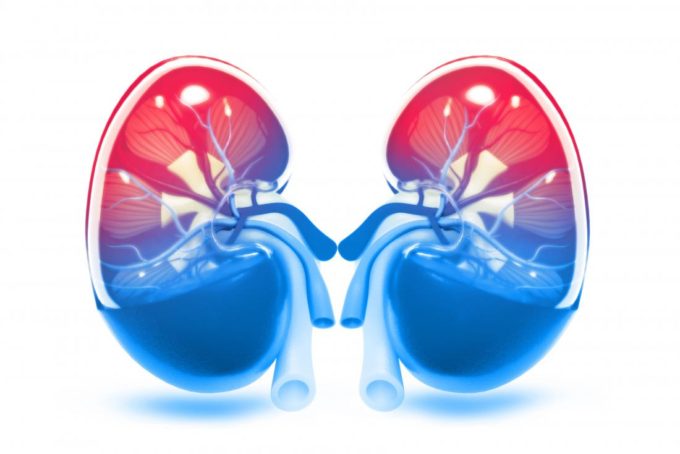The role of Cordyceps Militaris in managing kidney functions
Kidneys are the essential filtering organs of the human body. Functions performed by them include the following:
- Reabsorption and production of water
- Maintaining acid-base balance
- Regulation of blood pressure
- Reabsorption of amino acids and glucose
When kidney dysfunctions occur, it affects other organs as well. Symptoms of degenerating kidney health include back and joint pain, impotence, high levels of blood sugar and fatigue. [1] Through recent studies, it has been seen that Cordyceps Militaris is able to uplift kidney potential with an increase in the levels of 17-ketosteroid levels and 17-hdroxy-corticosteroid.
[2] Administration of 3-5g of Cordyceps Militaris to the patients suffering from renal failure can significantly enhance kidney and immune functions. This has been observed in a study of 51 patients affected by chronic renal failure.
[3] Chronic renal failure may also result in anemia, proteinuria and hypertension. After one month of giving such patients the wonder mushroom, there was a substantial decrease in urinary protein and a 15% fall in high blood pressure.
Search on the Internet and you will find a number of other studies that describe how renal functions were restored with the help of Cordyceps Militaris . However, make sure you consult your physician before administering the same.
References
[1] Zhu, J. et al. The Scientific Rediscovery of an Ancient Chinese Herbal Medicine: Cordycep Militaris The Journal Of Alternative And Complementary Medicine [part 1] Volume 4, Number 3, 1998, pp. 289—303 [part 2] Volume 4, Number 4, 1998, pp. 429 – 457
[2] Guan, Y.J., et al. (1992). Effect of Cordycep Militaris on T- lymphocyte subsets in chronic renal railure. Chinese Journal of Integrated Medicine 12: 323, 338-339
[3] Jiang, JC, Gao, YF. Summary of treatment of 37 chronic renal disfunction patients with JinShuiBao. J Administration Traditional Chinese Med 1995: 5(suppl):23-24

